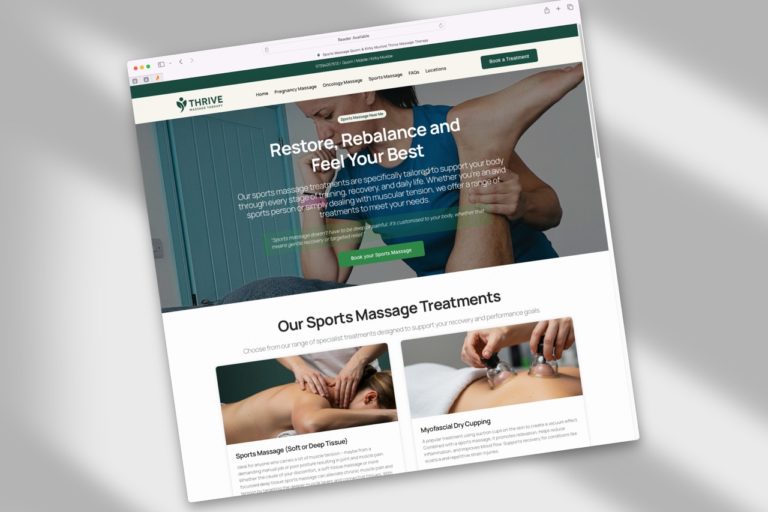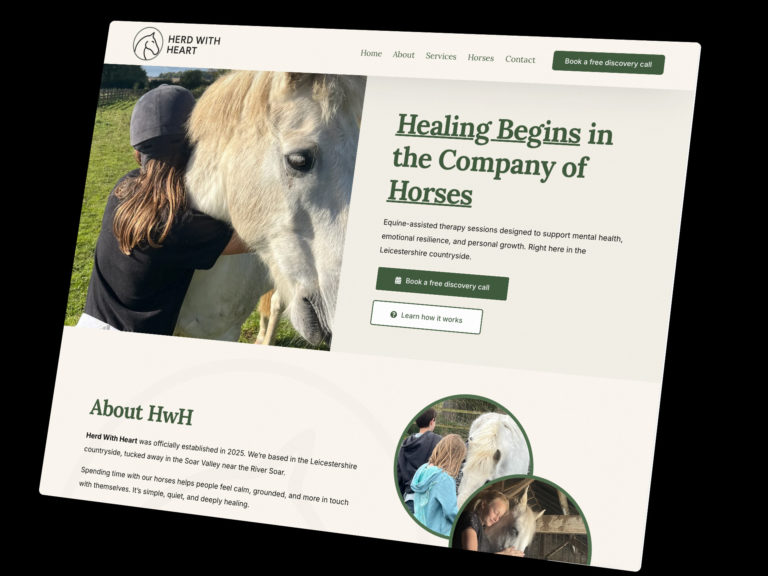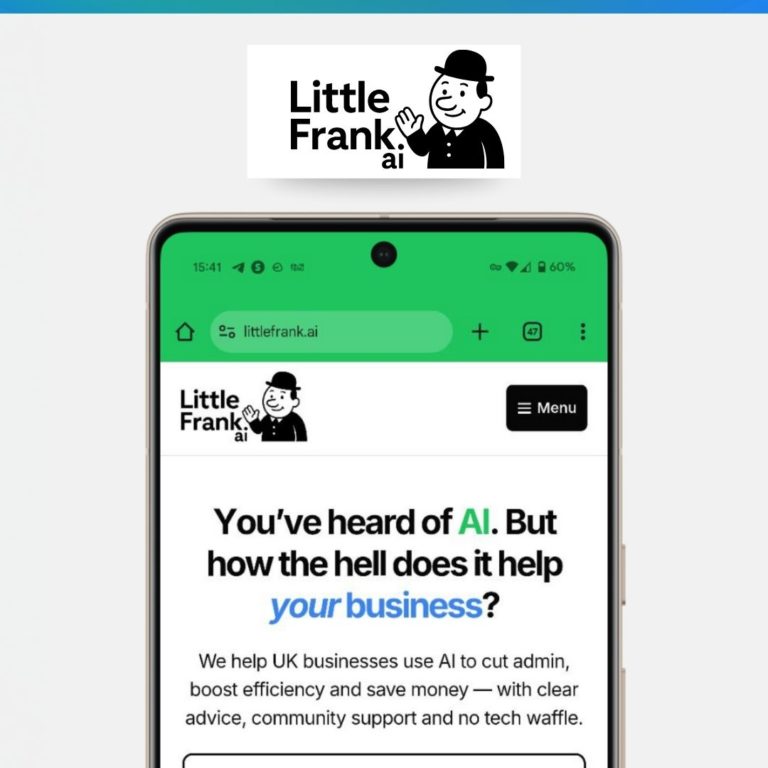Branding is more than just a logo or a catchy slogan—it’s the very essence of how a business presents itself to the world. When it comes to web design, branding isn’t just an element to consider; it’s the backbone that influences every design choice. This guide will walk you through how branding impacts web design, making your site not only visually appealing but also effective in conveying your brand’s message.
1. Understanding the Connection Between Branding and Web Design
Branding as the Foundation
At its core, branding sets the tone for your entire website. Think of your brand as the personality of your business. Your web design needs to reflect that personality, creating a cohesive experience for users. Whether your brand is fun and quirky or professional and sleek, the design should communicate this immediately.
Why It Matters
Your website is often the first point of contact between your business and potential customers. If the design doesn’t align with your brand, it can create a disjointed experience, causing visitors to lose trust in your business. On the other hand, when your website design reflects your branding, it builds credibility and fosters a deeper connection with your audience.
2. Visual Elements: The Face of Your Brand
Colours and Typography
The colours and typography you choose for your website are critical. These elements should be consistent with your overall brand. For example, if your brand colours are blue and grey, these should be the primary colours used on your site. Similarly, the fonts should match your brand’s voice—whether that’s playful or authoritative.
Imagery and Icons
Images and icons are powerful tools in web design. They not only break up text but also reinforce your branding. Choose images that align with your brand’s identity. If your brand is about eco-friendly products, for instance, using images of nature and sustainable materials can reinforce your message.
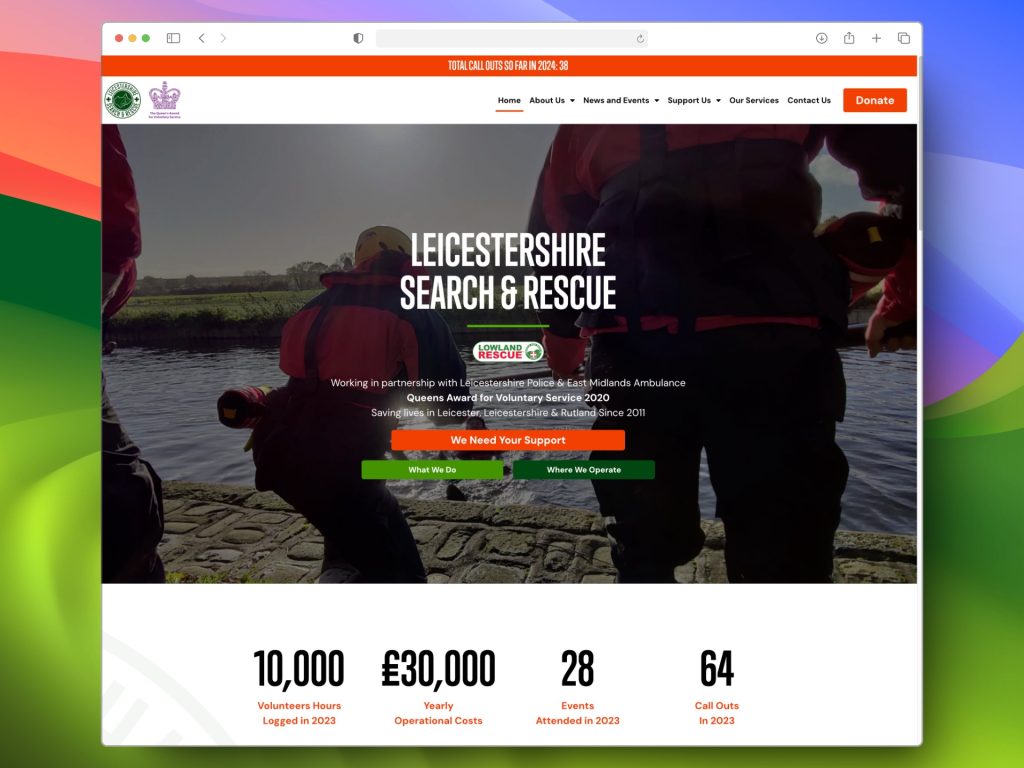
3. Content: The Voice of Your Brand
Tone and Messaging
The way you communicate through your website’s content is a direct reflection of your brand. The tone of voice should be consistent across all pages, whether it’s a blog post or a product description. If your brand is friendly and approachable, the content should reflect that with a conversational tone. Conversely, a more formal brand would benefit from a professional and straightforward tone.
SEO and Branding
Web design and SEO are closely linked, and both are influenced by your branding. The keywords you target should align with your brand’s identity and message. Furthermore, the way you structure your content, from headers to meta descriptions, should reflect your brand’s voice. This alignment not only improves your search rankings but also ensures that users find content that resonates with your brand.
4. The User Experience: Aligning Branding with Functionality
Navigation and Layout
A well-branded website isn’t just about looking good; it also needs to function well. The layout should be intuitive, and navigation should be easy. When designing, consider how the user experience reflects your brand. A complex, cluttered site may work against a brand that promotes simplicity and ease of use.
Mobile Responsiveness
In today’s digital landscape, ensuring your site is mobile-friendly is crucial. Your branding should translate seamlessly across devices. The user experience on a mobile device should be just as strong as on a desktop, with no compromise in design quality.
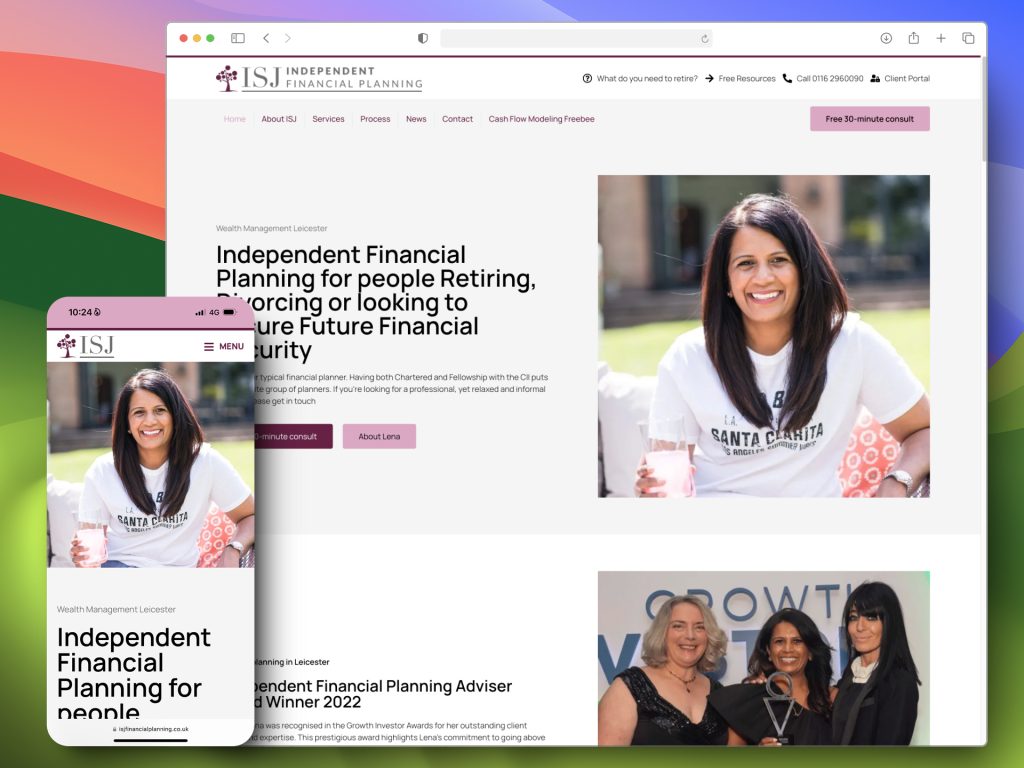
5. The Role of Branding in Building Trust
Consistency Across Platforms
Your website isn’t the only place your brand exists. From social media profiles to email newsletters, consistency in branding across all platforms builds trust. A cohesive look and feel tell your audience that your business is reliable and professional. When users see the same branding elements on your website as they do on your social media, it strengthens their perception of your brand.
Impact on Conversion Rates
A well-branded website doesn’t just look good; it converts. Users are more likely to trust and engage with a site that looks polished and professional. This trust translates into higher conversion rates, whether that means making a purchase, signing up for a newsletter, or getting in touch with your team.
6. The Future of Web Design: Trends Influenced by Branding
Personalisation and Branding
As web design evolves, personalisation is becoming increasingly important. Brands are now focusing on creating personalised experiences for users. This could mean tailoring content based on user behaviour or creating different design elements for different audience segments. The key is to ensure that even with personalisation, the core branding remains intact.
Sustainability in Design
Another growing trend is sustainable web design. Brands are becoming more eco-conscious, and this is reflected in their web design choices. From using energy-efficient hosting to minimalist designs that require less data to load, these choices reflect a brand’s commitment to sustainability.

Final Thoughts
Branding is a powerful force in web design. It influences every aspect of a website, from the visual elements to the user experience and content. By ensuring that your web design aligns with your brand, you create a cohesive, trustworthy, and effective online presence that resonates with your audience.
For more useful tips from dotwall, sign up to our newsletter to get a dose of the best content.


